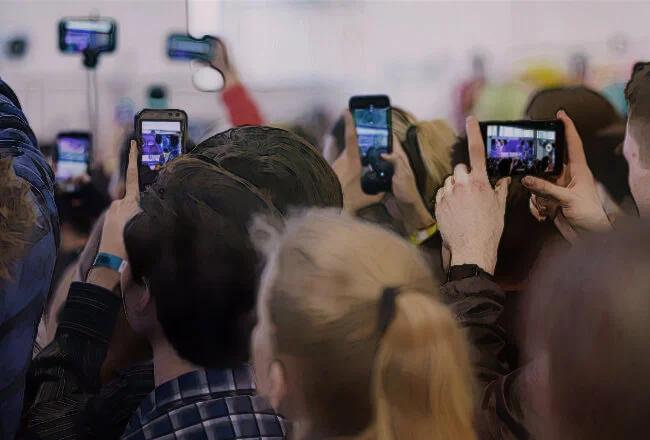Some things never change. Professionals will always want to meet. And conferences will always provide a key revenue driver and engagement opportunity for associations.
But practically everything beyond that is open to revision.
Sustainability, new learning methods, more sophisticated technologies, and better use of attendee data were all hot topics among meeting professionals in 2019, and they’ll inform a lot of decision-making for meeting planners in 2020. Let’s a take a quick spin through some of these trends and why they matter for your next event.
Sustainability. Attendees are increasingly alert to the global footprint of a meeting, from travel to events, to food and beverage, to the recycled-paper content of notepads in the convention center’s meeting rooms. Associations that want to attract younger attendees will need take notice: Millennials and those following them are much more climate-conscious than previous generations, and they pay attention to the sustainable elements of your event. “They want to continue meeting in popular destinations, but they are also hyper aware of the need to adopt sustainable practices that respect the environment and local communities wherever they go,” says Derek Sharp, Senior Vice President and Managing Director, CWT Meetings & Events, which spotlighted sustainability as a key trend for 2020. (The article at the link also includes five tips for crafting more sustainable events.)
weaking the Conference Design. Meeting venues should “work to foster human interaction by designing spaces that encourage casual collisions and conversation,” according to a 2019 PCMA report on meetings trends. That sort of conference design—-which the report dubbed “orchestrated serendipity”—has led associations to shake up the arrangements of their expo floors. For instance, instead of the usual long aisles that typify an expo, the Special Libraries Association used a more inviting “Main Street” theme at its last conference. And more learning sessions are focusing on experience-based learning that prioritizes collaboration among attendees instead of the standard lecture format.
An Expanding Role for AI.
Face recognition at the registration desk. Mobile apps that can suggest the best meetings tracks for you, based on your past engagement with the association—or connect you with the appropriate person in town who can help you find your next job. Chatbots that can answer questions on the fly. AI tools are rapidly helping attendees have a more tailored and relevant conference experience, and we can only expect a broader reach for them in 2020.
Festivalization and Bleisure. Attendees come to your conference to learn and network first. But many of them are also using vacation time to show up, and they arrive hoping for a party. (Hence “bleisure,” combining business and leisure.) “In 2020, we’ll move closer to full-blown festivalization,” according to meetings software firm Cvent, pointing to corporate summits that are built around music performances. The location of a conference — and its related amenities and attractions — is a major factor in an individual’s decision to attend, according to research from the International Association of Exhibitions and Events. Going forward, site selection that factors in both work and play will likely be increasingly critical for meeting planners.

